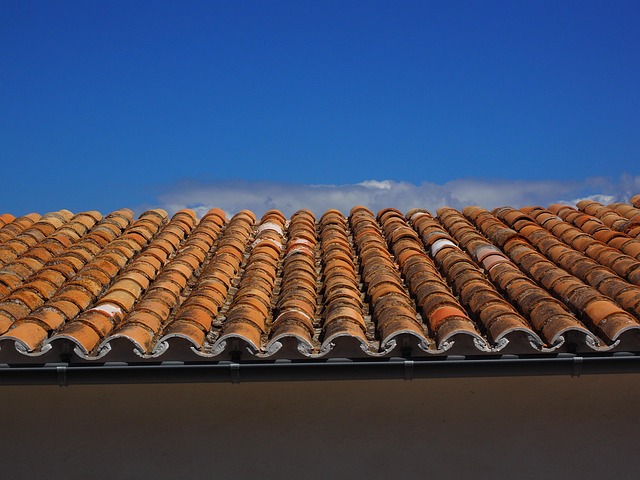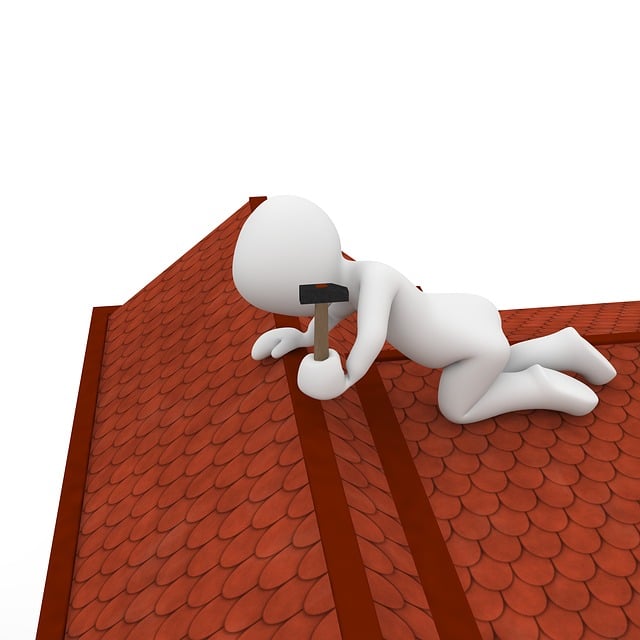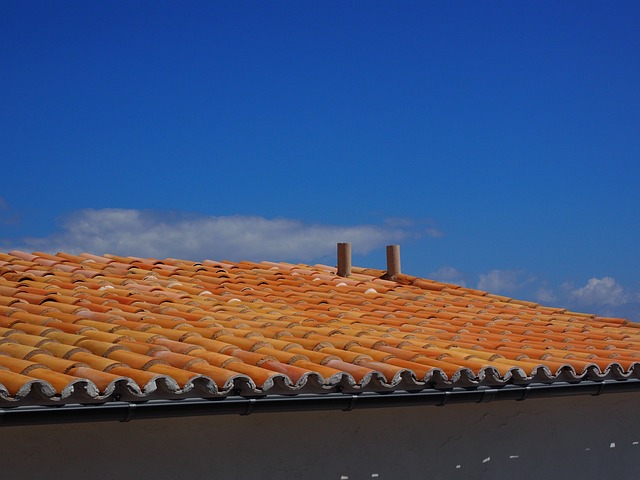Efficient Roof Repair Post-Storm: Navigating Claims with Insurers
Homeowners facing post-storm roof repairs must document damage thoroughly, communicate openly with i…….
Understanding Storm Damage Roof Repair
Storm damage to roofs can be extensive, ranging from minor leaks to complete structural failure. Storm Damage Roof Repair encompasses the assessment, restoration, and reinforcement of roofing systems compromised by weather events such as hurricanes, hailstorms, high winds, and heavy snowfall. It is a specialized field that requires knowledge of materials, construction techniques, and meteorological patterns to effectively address the damage caused by these natural phenomena. The historical context of storm damage repair dates back centuries, with evidence of early civilizations repairing weather-damaged structures using rudimentary tools and materials. Today, advanced technology and materials science have significantly improved the resilience and repair methods for roofs exposed to storm conditions.
Global Impact and Trends
The impact of storm damage on roofs is a global concern, with regions such as North America, parts of Europe, and Australia frequently experiencing severe weather events. The trends in storm damage repair are influenced by climate change, urbanization, and the increasing value of property assets. As population centers expand, the demand for effective storm damage roof repairs grows, leading to innovations in materials like fire-resistant shingles and impact-resistant membranes. Additionally, regions that historically were not prone to severe weather are experiencing more frequent and intense storms, necessitating a global shift towards more robust building standards and repair practices.
Economic Considerations
The economic implications of storm damage roof repair are significant. The construction industry sees substantial revenue from emergency repairs following storm events, with the costs often covered by insurance companies. Market dynamics are influenced by the availability of skilled labor, the cost of materials, and the frequency of storms in a given area. Investment patterns reflect a growing emphasis on preventative measures and sustainable building practices to mitigate future damage. In economic terms, the resilience of roofs against storms is a critical factor in maintaining property values and reducing long-term repair costs.
Technological Advancements
Technological advancements have revolutionized the field of storm damage roof repair. Innovations such as drones for inspection, advanced waterproofing membranes, and composite materials that mimic slate or wood shake without the weight or vulnerability to storms are transforming the industry. The use of satellite imagery and AI-driven analytics allows for predictive modeling of potential storm damage, enabling proactive repairs and reinforcements. These technologies not only improve the efficiency and effectiveness of repair efforts but also contribute to the development of more sustainable and durable roofing systems.
Policy and Regulation
Policies and regulations governing storm damage roof repair are critical in ensuring that buildings are constructed and maintained to withstand extreme weather conditions. Building codes are regularly updated to reflect the latest standards for wind resistance, impact resistance, and waterproofing. International bodies such as the International Code Council (ICC) and regional organizations provide frameworks that local governments adopt and adapt. These regulations not only protect property owners but also ensure community safety and resilience in the face of natural disasters.
Challenges and Criticisms
One of the primary challenges in storm damage roof repair is the rapid onset of weather-related events, which can overwhelm local resources and labor markets. Additionally, there is a need for standardized training and certification for professionals in this field to ensure quality and consistency in repair work. Critics argue that despite technological advancements, many roofs are still vulnerable to storm damage due to outdated materials or substandard installation practices. Addressing these challenges requires coordinated efforts between manufacturers, contractors, policymakers, and local communities to prioritize education, investment in research and development, and enforcement of building codes.
Case Studies
Several case studies highlight the effectiveness of storm damage roof repair in various contexts. For instance, the response to Hurricane Katrina in 2005 showcased both the resilience of well-prepared roofs and the challenges faced by those that were not. Similarly, the recovery efforts post-Haiti earthquake in 2010 provided insights into innovative repair techniques that could be applied in regions prone to seismic activity. These case studies underscore the importance of robust design principles, material selection, and community engagement in successful storm damage roof repair initiatives.
Future Prospects
Looking ahead, the future of storm damage roof repair is poised for growth, driven by increased awareness of the importance of resilient infrastructure and the continued impact of climate change. Emerging trends include the development of greener roofing options that can withstand severe weather while contributing to urban sustainability. The use of biomimicry in design, inspired by natural forms and structures that are resilient to environmental stressors, is another area of potential growth. Strategic considerations for the future must focus on the integration of new technologies, the promotion of sustainable practices, and the development of comprehensive disaster response plans.
Conclusion
Storm Damage Roof Repair is a critical aspect of maintaining infrastructure resilience in the face of natural disasters. The topic’s complexity and its relevance to global economic and social stability highlight the importance of understanding the core components, historical context, and future trends shaping this field. This article has provided an overview of storm damage roof repair, from its significance on a global scale to the technological advancements that are driving change. As communities continue to face the challenges posed by severe weather events, the lessons learned and innovations developed in this domain will be instrumental in protecting homes, businesses, and lives.
FAQs
What materials are commonly used for storm-resistant roofs?
How can homeowners prepare their roofs for a storm?
What role do building codes play in storm damage roof repair?
Can technology predict where storm damage is most likely to occur?
What are some sustainable roofing options for areas prone to storms?

Homeowners facing post-storm roof repairs must document damage thoroughly, communicate openly with i…….

After severe storms, thorough evaluation of residential roof damage is crucial for effective residen…….

A thorough storm-damaged roof inspection is essential to identify and fix loose or damaged flashing…….

Severe weather events cause significant hail damage to roofs, necessitating prompt action. Homeowner…….

Commercial storm damage roofing is a vital property maintenance practice, especially in regions with…….

After severe storms, immediate action is crucial to prevent long-term water damage and mold growth……..

After a severe storm, assessing and repairing decorative roof elements is crucial for both structura…….